Introducing Oomnitza's Winter 2024 Release!
In this blog, join me as I guide you through the key highlights of the Winter 2024 Release from Oomnitza. For this release, we turn our focus to a critical aspect of data quality and confidence with Data Normalization. We’re taking a transformative step towards providing users with the tools to tackle data inconsistencies head-on.
We'll also explore groundbreaking improvements across other various domains, including data management, reporting, notifications, and standardization capabilities. For a deeper dive, don't forget to check out the full release notes.
Come along as we delve into the significance of data normalization and explore the features that make it the cornerstone of our latest release.
Configurable Normalization Rules
In the world of data management, ensuring consistency and integrity is of utmost importance. However, dealing with the influx of data from various sources often results in inconsistencies that can compromise the value and reliability of insights derived from it. Recognizing this challenge from an Enterprise Technology Management (ETM) perspective introduces the emergence of configurable data normalization rules as a powerful solution.
At its core, this initiative aims to simplify and streamline the process of normalizing incoming data. This initial enhancement focuses on providing users with an intuitive and flexible method to define normalization rules. This enables users to maintain uniformity across data sources, regardless of variations in naming conventions.
Consider the scenario of streaming data from multiple vendor integrations, each employing its own terminology. With configurable normalization rules, users can standardize naming conventions, ensuring consistency across the board. This not only mitigates the risk of data inconsistency but also enhances data quality and confidence in analytical processes and reporting.
By offering users the ability to identify specific fields and define rules for normalization, this flexible solution enables users to take control of their data. In essence, configurable normalization rules pave the way for cleaner, more consistent, and more valuable data assets, driving better decision-making and insights.
[Image of chart illustrating the extent of inconsistent data and configuring the data to a normalized value]
Data Management
Revamping Bulk Editing: For a more intuitive, secure and powerful experience
We are introducing significant enhancements to the bulk edit feature, presenting users with a more intuitive, customizable, and robust method for executing mass updates across various objects.
The redesigned bulk edit feature simplifies the process by enabling users to selectively choose the fields they wish to edit, eliminating the need for users to scroll through all available fields. Users can seamlessly add or remove records and fields, providing a transparent view of essential data for efficient updates.
Unlike its previous iteration, the enhanced bulk edit functionality is now accessible to most objects. Administrators can authorize specific bulk edit limits for individual objects, providing enhanced control over permissions and ensuring a more secure and comprehensive bulk editing experience.
[image of new simplified bulk edit process]
Instant updates to field visibility rules
Discover a smoother and more responsive user experience with the introduction of live changes to field visibility rules. With this update, visibility rules are now dynamically calculated on the frontend, ensuring that users receive instant feedback as they interact with fields. Gone are the days of waiting for a record to be saved to see the impact of visibility rules – now, changes take effect as soon as a user enters or selects a value
Platform
Personalized Dashboards: Get at-a-glance visibility to data that is important to you
Experience a new level of dashboard customization with the ability to create private dashboards, providing at-a-glance visibility into data that matters most to you, and sharing insights with colleagues.
The introduction of personalized dashboards delivers substantial value to users, enabling you to curate dashboards tailored to your roles and responsibilities. Moreover, if granted appropriate permissions, users can share their private dashboards with colleagues, fostering collaboration and knowledge sharing.
[Image of dashboard configuration and dashboard dropdown list]
Administrators also play a pivotal role in this enhanced dashboard environment, having precise control over granting user permissions for private dashboard access, thereby strengthening security measures.
This improvement translates into a more user-centric and efficient dashboard experience, ultimately enhancing decision-making and productivity.
Introduction to the new Notifications Page
Get ready for the evolution of in-app notifications with the introduction of the Notifications Page, formerly known as Workstream. This revamped feature offers users a unified view to track notifications, providing an efficient and convenient management solution.
The transition from the former feature, Workstream, addresses its outdated nature and introduces advanced functionalities. With the new Notifications Page, users can efficiently track survey participation, manage requests, and effortlessly navigate through notifications in one centralized location.
Advanced filtering options based on notification status enable users to quickly navigate through pending, completed, or expired notifications. The introduction of a dashboard icon, "Mark all as read" option, a cleaner interface, and infinite scroll further enhance the overall user experience.
This not only streamlines workflow notification monitoring but also boosts productivity, ensuring a more intuitive and user-friendly experience within the Oomnitza platform.
[image of the new Notification page]
Granular Control over Credential Access
Administrators can leverage enhanced controls to configure Role Permissions filters for Credentials, thereby bolstering security and ensuring seamless integration workflows. This granular control extends to attributes such as name, owner, and authorization type. For instance, administrators can implement a role-specific field filter, allowing users to only interact with credentials they've created or own.
This new feature fortifies security measures by implementing role-specific field filters, thereby restricting user access to only the necessary credentials. This not only enhances data protection but also prevents users from utilizing incorrect credentials or making unauthorized changes, mitigating the risk of disruptions in integrations and workflows.
[Image of filtering permissions for role specific credentials]
Custom Objects
More Flexibility for Your Stockroom Accessory Data
Unlock new possibilities with the introduction of the stockroom accessory custom object.
With this read-only custom object, users gain enhanced system flexibility, allowing you to utilize your data for executing workflows and creating dashboards and reports. This amplifies operational efficiency and decision-making processes specific to accessory data.
Through this unified view of accessories across all stockrooms, users can present critical information on dashboards and reports, facilitating better management of stock levels and loaned accessories.
[Image of stockroom accessory list view and selections when creating a widget or workflow]
Additional Enhancements of Custom Objects
- Dropdown Option for Custom Objects in the Mapping Screen: Users can now select dropdown values for custom objects in the integration mapping screen. Previously, the integration mapping screen lacked the ability to preselect values for custom objects, leading to usability challenges during integration. With this enhancement, users can seamlessly preselect values for custom objects like Cost Center or Department during integrations, ensuring a smoother transition and enhancing usability.
- Conditional Formatting for Custom Object Records: Unlocking additional usability for custom object records, users can now configure conditional formatting for rows and cells, mirroring the functionality available for standard object records. This enhancement allows users to highlight crucial information in list views, record views, and exported spreadsheets, leading to better business outcomes and enhanced data visualization.
Oomnitza Store
Package Prerequisites: Ensuring Dependencies are Met
In order to enhance user experience and ensure efficient package application, packages can now only be applied once the specific dependencies for that package have been met on a per-instance basis.
Previously, users faced challenges with packages in the Store that depended on specific criteria, such as integrations or fields, to function properly. The absence of an indicator whether an instance was ready for these packages caused uncertainty.
Users now have clear visibility into the prerequisites needed for each package. This ensures that the package becomes applicable only after meeting the specified criteria, and if the prerequisites are not met, the package is conveniently grayed out. This enhancement provides users with the assurance that their instance is configured correctly, allowing you to derive immediate value from the package upon successful download.
[Image of grayed out packages that have not met dependencies]
Recommendations Selection: Guiding You Towards Value
To streamline the expansion of your ETM portfolio, the Oomnitza Store now offers recommendations for packages based on the specific packages already applied to your instance.
This new feature addresses the common query of "What's next?" by proactively suggesting packages that can further enhance value and efficiency within the system. For instance, users syncing asset integrations with Oomnitza may receive recommendations for packages like endpoint protection and data hygiene.
Users benefit from a streamlined process, eliminating the need to individually explore packages to determine their next steps. By downloading these recommended packages, users can better manage their technology portfolio and optimize their operations.
[Image showcasing recommendation section in Store]
Workflows
Discover several improvements to workflows in Oomnitza's latest update:
- Users can now conveniently disable workflows directly from the list screen, providing a quick and accessible option for workflow management.
- A new warning feature has been implemented for manual workflow triggering, ensuring users are informed and cautious when initiating manual workflow actions.
- A graceful restart feature has been introduced, enhancing the overall reliability and performance of workflows. This thoughtful addition ensures a smoother and more seamless restart process, minimizing disruptions and optimizing workflow execution
These minor yet impactful improvements collectively contribute to an enriched workflow environment.
New Integrations
We continue to expand our integration portfolio with more than 1,500 integrations across over 160 vendors. New integrations added since the prior release are highlighted below.
As always, a majority of new features in this release were based on customer feedback. Oomnitza always strives to be customer-centric and these enhancements are a testament to that. We encourage our customers to continue providing us with feedback and suggestions for enhancement.
For an in-depth exploration of all the features and improvements, we encourage you to review the extensive Winter 2024 Release Notes.
Be sure to watch the Oomnitza Winter 2024 release webinar. In under an hour, we walk you through each of the new features in more detail, with live demos.
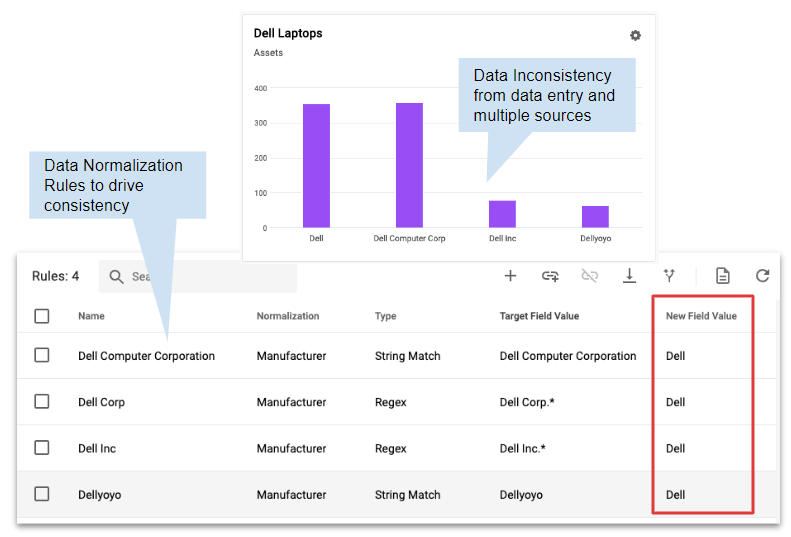
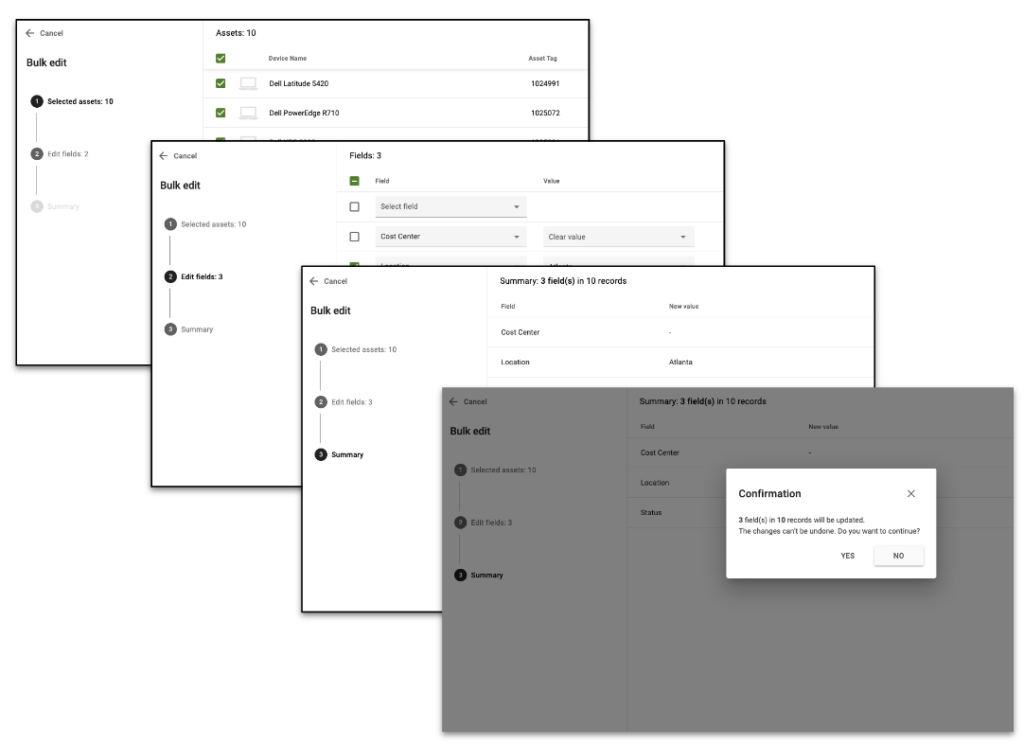

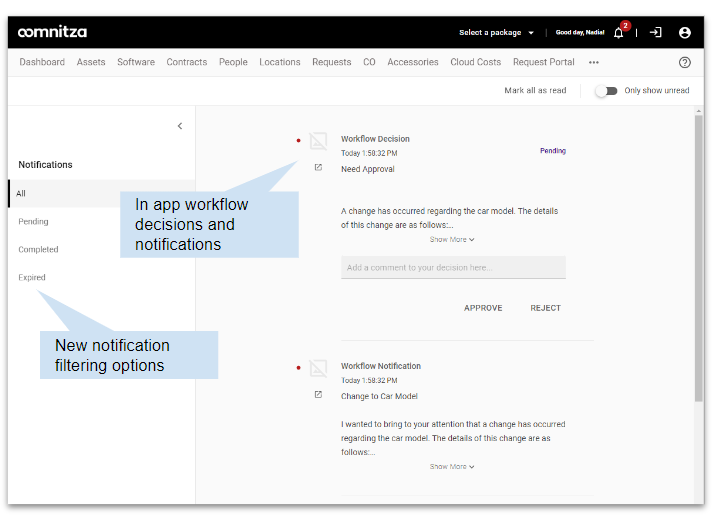
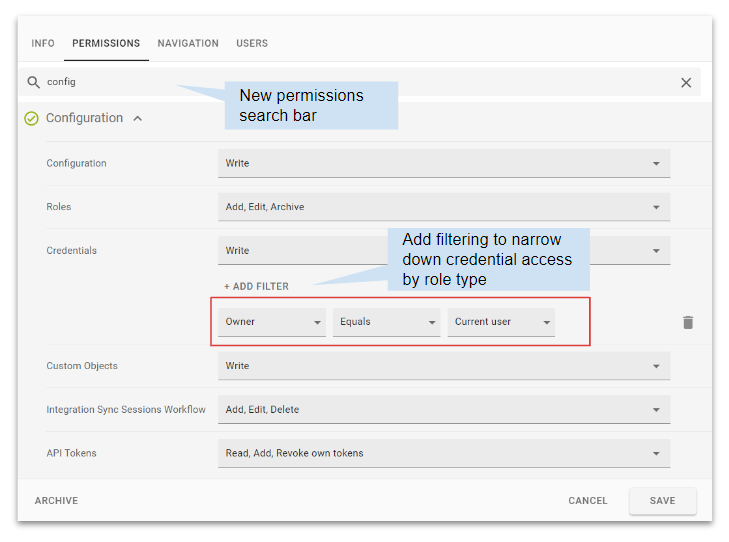
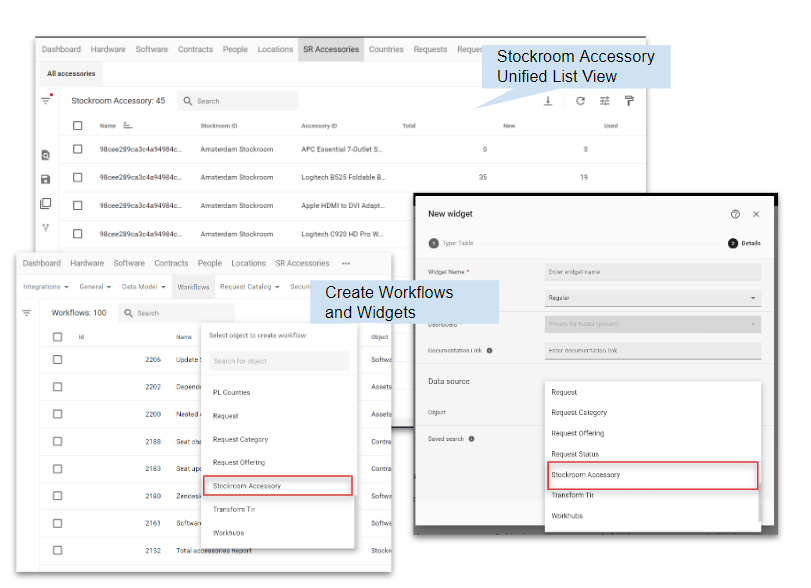
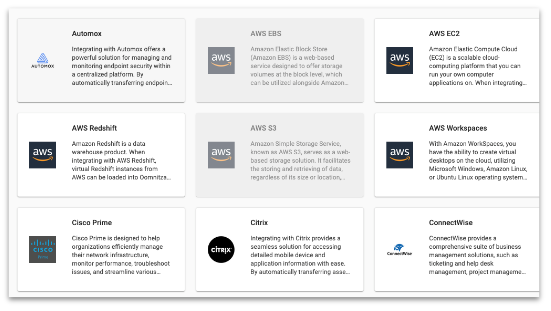
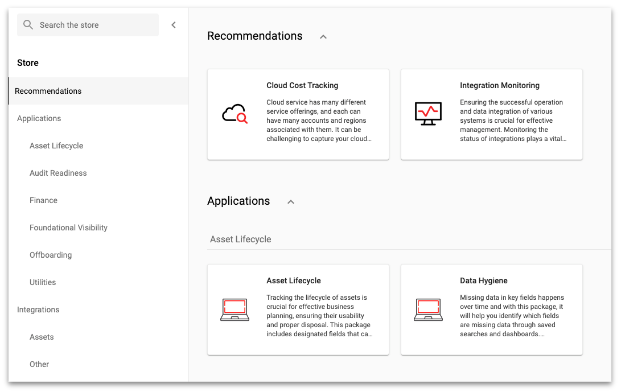
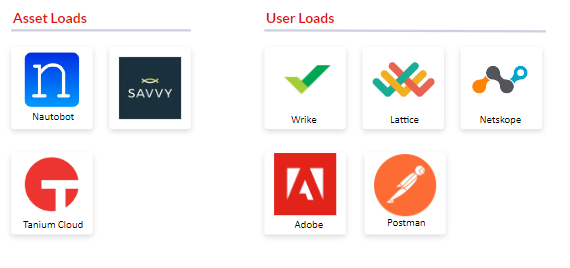

 IT Asset Management (ITAM) newsletters don't have to be a snooze...
IT Asset Management (ITAM) newsletters don't have to be a snooze...